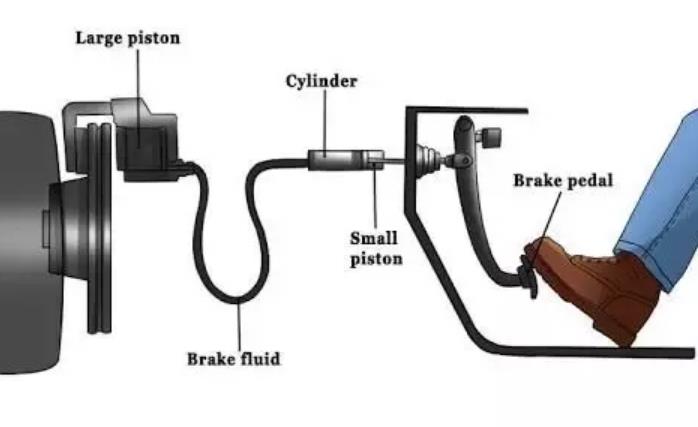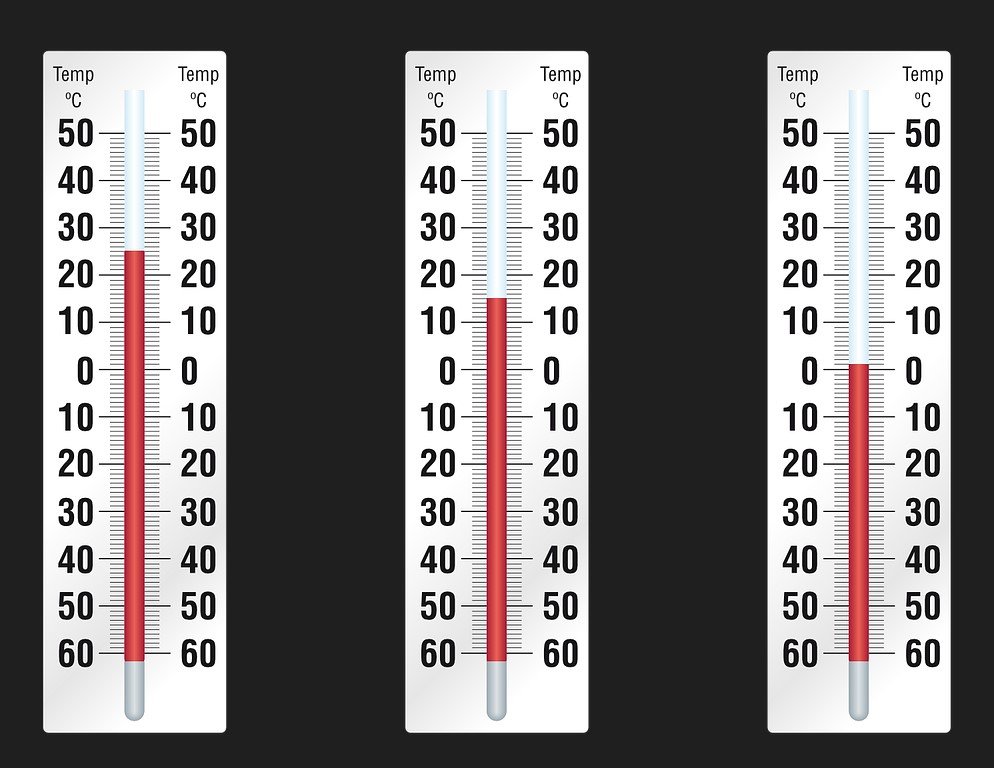As an experienced automotive enthusiast, I understand the importance of maintaining a vehicle’s braking system. One critical component of this system is brake fluid, which plays a vital role in ensuring your safety on the road. In this article, I will share my expertise on what happens if you run out of brake fluid, and why it is essential to regularly check and maintain your car’s brake fluid levels.
What happens when a vehicle runs low on brake fluid, and why is it crucial to address this issue immediately? Running out of brake fluid can lead to a complete loss of braking power, putting the driver and passengers at significant risk. Additionally, insufficient brake fluid can cause premature wear on brake components, resulting in costly repairs. By following the guidelines outlined in this article, you can ensure that your braking system functions optimally, keeping you safe on the road. So, let’s dive into the topic and learn how to properly maintain your car’s brake fluid levels.
What is Brake Fluid and How Does It Work?
Brake fluid is a hydraulic fluid that transfers the force from your brake pedal to the braking system, allowing your vehicle to come to a stop. It’s a crucial component of the braking system, as it ensures smooth and efficient operation. Brake fluid is specially formulated to withstand high temperatures and pressure, making it ideal for use in vehicles’ braking systems.
In addition to transferring force, brake fluid also serves as a lubricant and corrosion inhibitor for the various components of the braking system. This helps to extend the life of the components and maintain their optimal performance. Moreover, brake fluid has a high boiling point, which is essential for maintaining its effectiveness under extreme heat generated during braking.
According to a study conducted by the National Highway Traffic Safety Administration (NHTSA), approximately 22% of vehicle crashes can be attributed to brake-related issues. This statistic highlights the importance of maintaining a properly functioning braking system, including regularly checking and topping off brake fluid levels. By understanding the role of brake fluid and its impact on your vehicle’s performance, you can take the necessary steps to ensure your safety on the road.
Consequences of Running Out of Brake Fluid
Running out of brake fluid can have severe consequences for both your vehicle and your safety. When the brake fluid level is too low, it can no longer transfer the force from the brake pedal to the braking system effectively, resulting in a significant loss of braking power. This can lead to a higher risk of accidents and potential damage to your vehicle’s braking components, such as the calipers, rotors, and brake pads.

What Happens If You Run Out of Brake Fluid: A Complete Guide
In addition to compromising your safety on the road, running out of brake fluid can also result in costly repairs. Driving with insufficient brake fluid can cause excessive heat buildup, leading to premature wear and failure of various components within the braking system. Furthermore, if air enters the brake lines due to low fluid levels, it may cause spongy or unresponsive brakes, which can be challenging and dangerous to drive with.
It’s essential to be aware of the consequences of running out of brake fluid and take proactive steps to prevent this situation from occurring. Regularly checking and maintaining your brake fluid levels will help ensure the optimal performance of your braking system and keep you safe on the road.
5 Signs That Indicate Low Brake Fluid Levels
Being able to identify the signs of low brake fluid levels is essential for maintaining your vehicle’s braking system and ensuring your safety on the road. When the brake fluid level is too low, it can compromise the performance of your brakes and lead to potentially dangerous situations. Here are five common symptoms that may indicate low brake fluid levels in your vehicle:
-
Spongy or soft brake pedal: If your brake pedal feels spongy or soft when you press it, this could be a sign that there is air in the brake lines due to low brake fluid levels. Air in the brake lines reduces the hydraulic pressure and affects the responsiveness of the brakes.
-
Decreased braking power: If you notice that your vehicle takes longer to come to a stop or requires more force on the brake pedal, this could indicate that the brake fluid level is low, affecting the efficiency of the braking system.
-
Warning lights on the dashboard: Many vehicles have a warning light on the dashboard that will illuminate if the brake fluid level is low. If this light comes on, it’s essential to check your brake fluid levels as soon as possible.
-
Leaking brake fluid: If you notice a puddle of fluid under your vehicle, particularly near the wheels or under the engine compartment, this could be a sign of a brake fluid leak. Leaks can occur due to damaged brake lines, worn seals, or corroded brake components.
-
Unusual noises when braking: If you hear squealing, grinding, or other unusual noises when applying the brakes, this could be a sign of low brake fluid levels or other issues with the braking system.
By being aware of these signs and taking action to address low brake fluid levels, you can help ensure the optimal performance of your braking system and maintain your safety on the road.
How to Check and Maintain Brake Fluid Levels
Checking and maintaining your vehicle’s brake fluid levels is a crucial aspect of ensuring the proper functioning of your braking system. By regularly monitoring your brake fluid levels, you can prevent potential issues and keep your vehicle safe on the road. In this section, we’ll provide a step-by-step guide on how to check and maintain your brake fluid levels.
-
Locate the brake fluid reservoir: The brake fluid reservoir is typically located in the engine compartment, near the back of the engine bay, close to the driver’s side. It’s usually a translucent plastic container with a cap labeled “Brake Fluid” or showing a symbol of a brake caliper.
-
Check the fluid level: With the engine turned off, examine the brake fluid reservoir and look for the minimum and maximum fill lines marked on the side. The fluid level should be between these two lines. If the fluid level is below the minimum line, it needs to be topped up.
-
Clean the area around the cap: Before opening the brake fluid reservoir, clean the area around the cap to prevent any debris from entering the reservoir when you remove the cap.
-
Remove the cap and inspect the fluid: Carefully remove the cap and check the condition of the brake fluid. Brake fluid should be clear or amber in color. If the fluid appears dark or dirty, it may need to be replaced.
-
Top up the fluid if necessary: If the brake fluid level is low, top it up with the appropriate type of brake fluid specified in your vehicle’s owner’s manual. Do not overfill the reservoir, as this can cause issues with the braking system.
-
Replace the cap and test the brakes: After topping up the brake fluid, replace the cap securely and start the engine. Press the brake pedal several times to check for any sponginess or lack of responsiveness. If the brakes still feel unusual, consult a professional mechanic for further inspection.
By following these steps, you can ensure that your vehicle’s brake fluid levels are properly maintained, helping to prevent potential issues and keeping your vehicle safe on the road.
Step-by-Step Guide to Refilling Brake Fluid
Refilling your vehicle’s brake fluid is an essential maintenance task that ensures the proper functioning of your braking system. In this subheading, we will provide a step-by-step guide on how to refill your brake fluid safely and effectively.
-
Locate the brake fluid reservoir: As mentioned earlier, the brake fluid reservoir is typically located in the engine compartment, near the back of the engine bay, close to the driver’s side. It’s usually a translucent plastic container with a cap labeled “Brake Fluid” or showing a symbol of a brake caliper.
-
Check the fluid level: With the engine turned off, examine the brake fluid reservoir and look for the minimum and maximum fill lines marked on the side. If the fluid level is below the minimum line, you will need to add more brake fluid.
-
Clean the area around the cap: Before opening the brake fluid reservoir, clean the area around the cap to prevent any debris from entering the reservoir when you remove the cap.
-
Remove the cap and add brake fluid: Carefully remove the cap and set it aside. Using a clean funnel, slowly pour the appropriate type of brake fluid specified in your vehicle’s owner’s manual into the reservoir. Be sure not to overfill the reservoir, as this can cause issues with the braking system.
-
Check the fluid level again: After adding brake fluid, check the fluid level again to ensure it is between the minimum and maximum fill lines.
-
Replace the cap and test the brakes: Securely replace the cap on the brake fluid reservoir. Start the engine and press the brake pedal several times to ensure proper brake operation. If the brakes still feel unusual, consult a professional mechanic for further inspection.
By following this step-by-step guide, you can effectively refill your vehicle’s brake fluid and maintain the optimal performance of your braking system. Regularly checking and refilling your brake fluid will help ensure your safety on the road and prevent potential issues with your vehicle’s braking components.
The Importance of Regular Brake Maintenance
Regular brake maintenance is essential for ensuring the safety and performance of your vehicle. By routinely inspecting and servicing your braking system, you can prevent potential issues, extend the lifespan of your brake components, and maintain optimal stopping power. This not only helps to keep you safe on the road but also saves you money by avoiding costly repairs due to neglected maintenance.
A comprehensive brake maintenance routine should include checking and replacing brake pads and shoes, inspecting and replacing brake rotors and drums, and ensuring that brake fluid levels are within the recommended range. Additionally, it’s essential to address any signs of leaks, corrosion, or damage to the various components of the braking system. Regularly inspecting and servicing the brake lines, calipers, and master cylinder will also help to maintain the overall health of your braking system.
In summary, regular brake maintenance is a crucial aspect of vehicle ownership that ensures the proper functioning and longevity of your braking system. By staying proactive about brake maintenance, you can minimize the risk of accidents, reduce repair costs, and enjoy a safer driving experience.
Conclusion: To Wrap Up
Understanding the role of brake fluid and the importance of maintaining your vehicle’s braking system is essential for ensuring your safety on the road. By being proactive about brake maintenance, including regularly checking and refilling brake fluid levels, you can enjoy a smoother, more efficient driving experience and reduce the risk of accidents.
Remember to keep an eye out for any signs of low brake fluid levels or other issues within the braking system. Taking action to address these concerns promptly will not only help you avoid costly repairs but also put a smile on your face knowing that you’re taking good care of your vehicle and staying safe on the road.
Frequently Asked Questions
[faq-schema id=”843″]
















